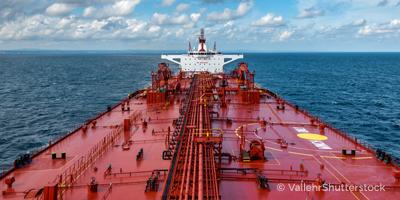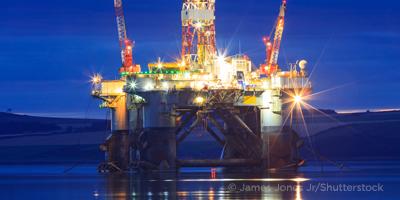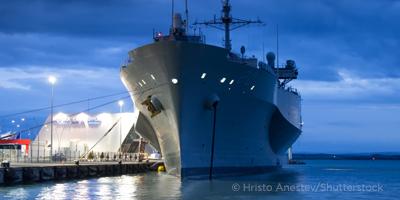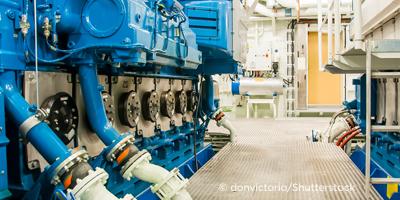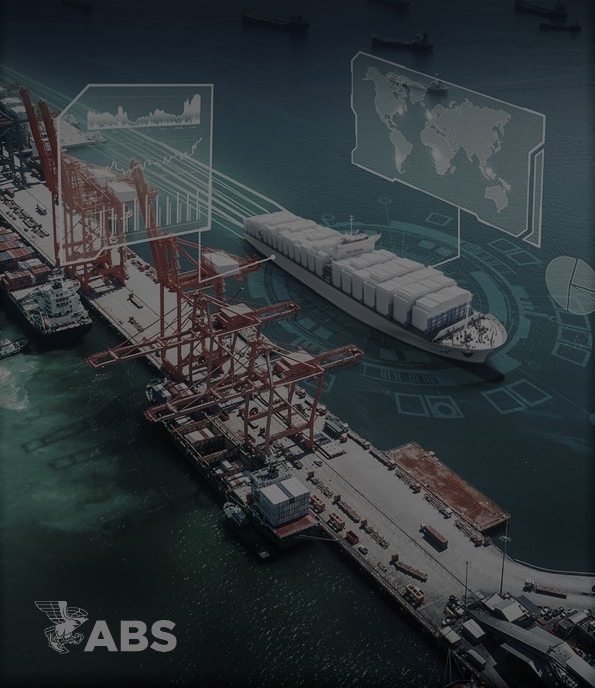ABS, the leading provider of classification services to the global offshore industry, announces the publication of The ABS Guide for Certification of Offshore Access Gangways. The new Guide addresses certification for safety systems used for “walk to work” (W2W) crew transfers.
“As advanced crew transfer options become the norm in the offshore oil and gas industry, more and more companies want to benefit from W2W vessels and are looking to ABS for safety guidance,” says ABS Chief Technology Officer, Howard Fireman. “Our new guide provides the information the industry needs to execute safe personnel transfers.”
Offshore access gangways with motion compensation systems are deployed and connected to the fixed or floating platform, maintaining the connection via telescoping features that provide a flat, inclined walking surface between the offshore support vessel and the delivery point. When sea conditions become challenging, the motion compensation systems used include sensing devices that compensate for heave, pitch and roll motions enabling the end of the gangway to remain geostationary relative to the platform, creating a safe and stable walkway.
The Guide provides requirements for offshore access gangway system certification, including structural strength, machinery systems, contingency management, system recovery and redundancy, safety and communications, and regulatory requirements. These requirements apply to both active and passive motion compensated systems.
In addition to the Guide, ABS offers a provision for offshore access gangway systems to be qualified as ABS Type Approved products.
About ABS
Founded in 1862, ABS is a leading international classification organization devoted to promoting the security of life and property and preserving the natural environment through the development and verification of standards for the design, construction and operational maintenance of marine and offshore assets.









